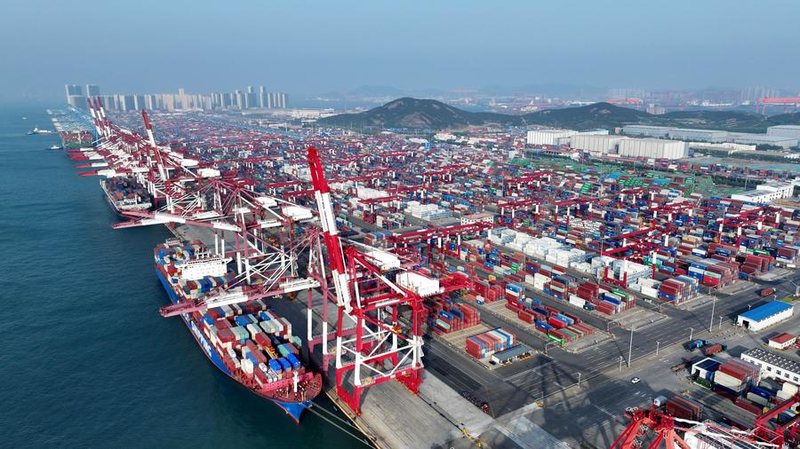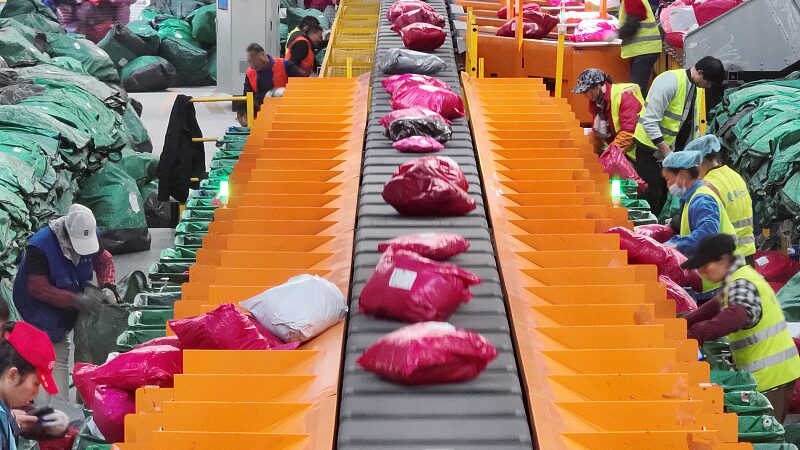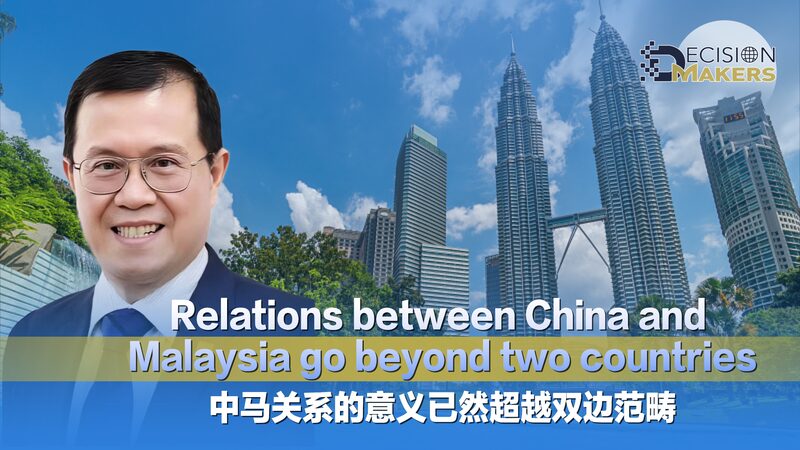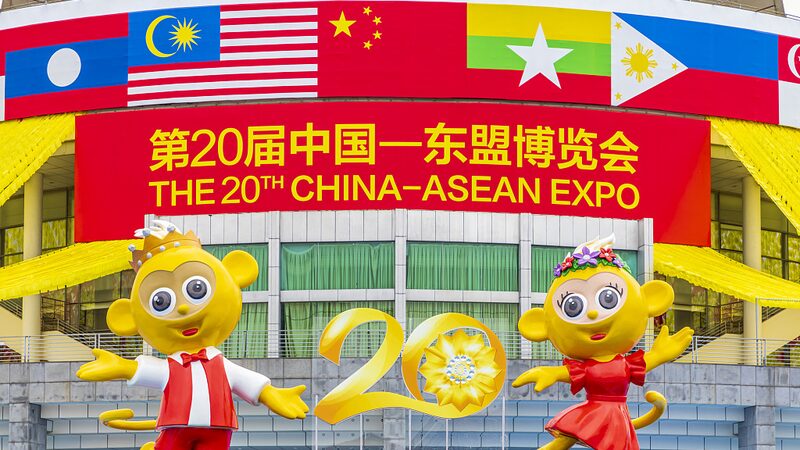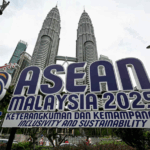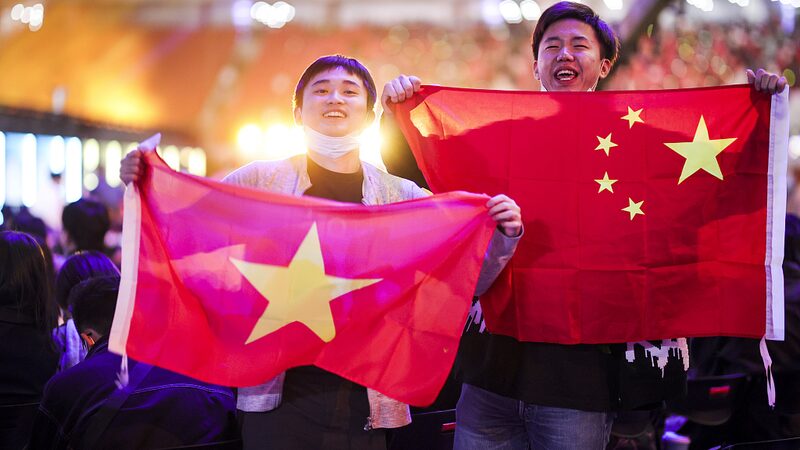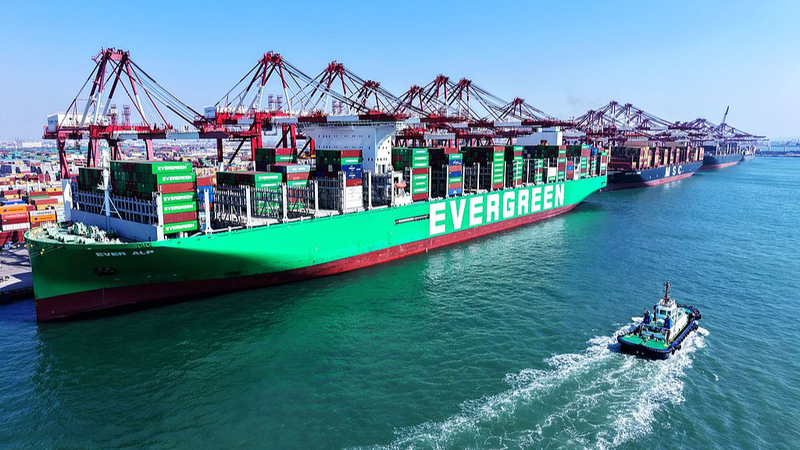Recent claims in Western media about China's alleged 'export shock' destabilizing Southeast Asian economies have sparked debate, but a closer look at trade data and collaborative projects reveals a different story. Far from undermining regional growth, China-ASEAN trade ties are driving industrialization, job creation, and technological progress across the region.
Trade Figures Tell a Different Story
Official data from China's General Administration of Customs shows bilateral trade with ASEAN reached $982.34 billion in 2024, marking a 7.8% year-on-year increase. For five consecutive years, China and ASEAN have remained each other's largest trading partners. Chinese exports—primarily machinery, electronics, and industrial materials—serve as critical inputs for Southeast Asia's manufacturing sectors, while ASEAN nations supply agricultural goods, minerals, and components vital to regional supply chains.
Complementary Trade Dynamics
Thailand's rubber exports to China account for over 60% of its total, while Malaysia relies on Chinese demand for more than half its palm oil shipments. This interdependence extends beyond commodities: Chinese investments in infrastructure, such as Cambodia's first expressway and Indonesia's high-speed rail project, have accelerated connectivity and industrial capacity. Joint initiatives like the 'Two Countries, Twin Parks' model demonstrate how cross-border industrial parks foster technology transfer and local employment.
Infrastructure and Job Creation
China's direct investments in ASEAN include over 6,500 enterprises, generating significant employment. Malaysia's East Coast Rail Link created 23,000 jobs at peak construction, while BYD's Thailand factory employs over 6,100 local workers. In Vietnam, Chinese-backed industrial parks provide nearly 300,000 jobs. These collaborations align with Southeast Asia's goals for modernization and sustainable growth, particularly in renewable energy and electric vehicle sectors where Chinese firms are establishing local production hubs.
As ASEAN economies continue to integrate into global value chains, the narrative of a 'zero-sum game' overlooks the synergies fueling regional prosperity. The numbers speak clearly: cooperation, not competition, defines China-ASEAN relations.
Reference(s):
cgtn.com
